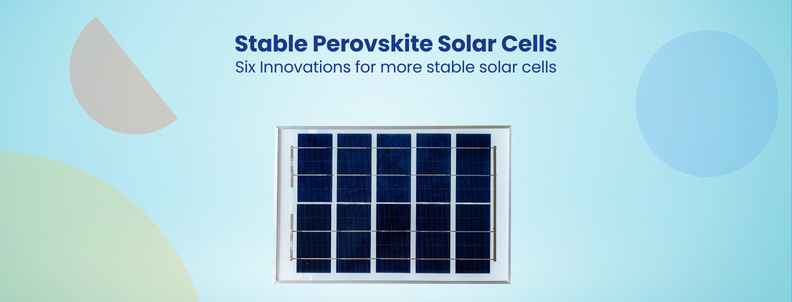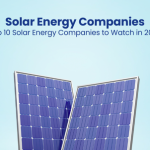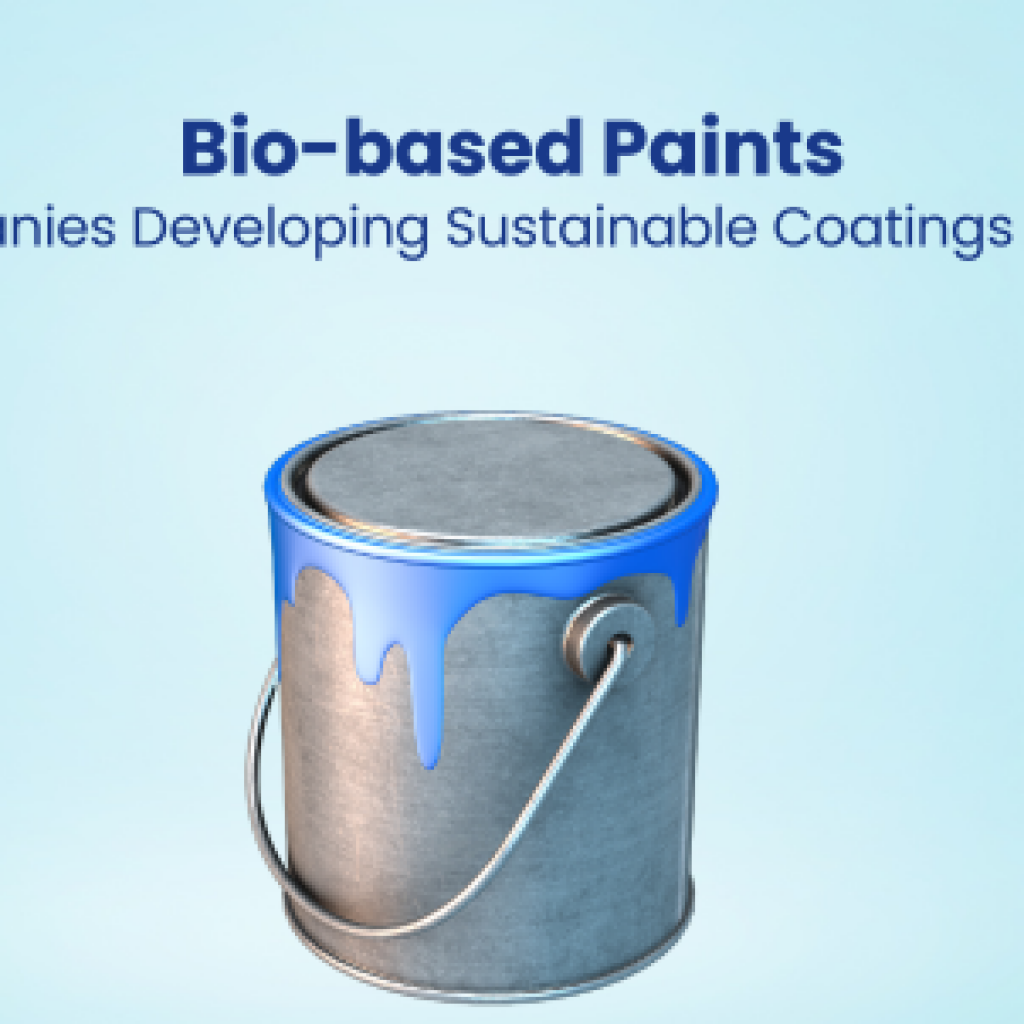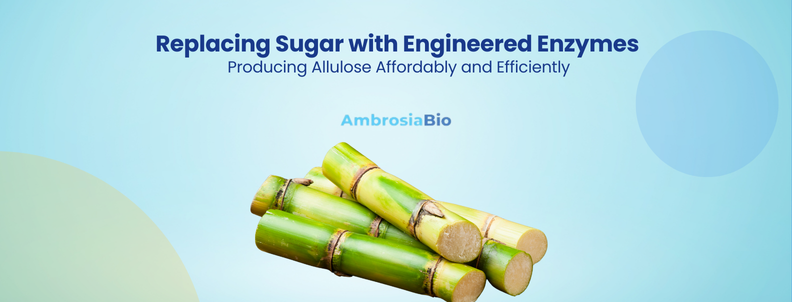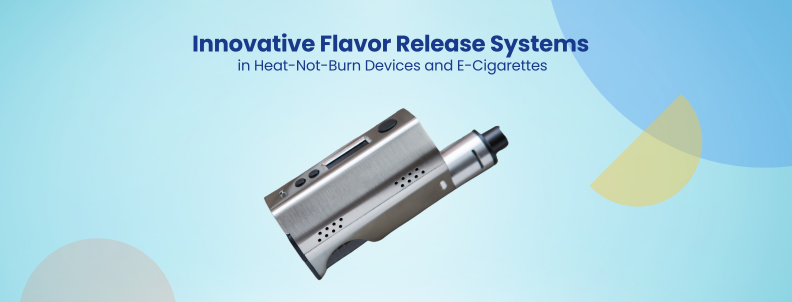Perovskite solar cells have grabbed significant attention due to their remarkable potential to achieve power conversion efficiencies exceeding 25%, outperforming conventional silicon and gallium arsenide solar cells.
Despite their advantages, such as easy fabrication processes and low manufacturing costs, their widespread commercialization faces obstacles due to stability concerns.
Not just stability, the solar industry is also facing storage concerns. Keep up with recent developments and breakthroughs in energy storage by downloading our energy storage report through the form below!
This study explores six groundbreaking innovations to enhance the durability and performance of perovskite solar cells.
1. Protective coating with a unique composition
A specially formulated solution containing bromomethylamine, iodoformamidine, lead iodide, cesium iodide, and 3,4-dichloroaniline acts as a protective coating on perovskite solar cells. This coating improves crystal uniformity, reduces defects, and boosts resistance to environmental stressors like moisture and temperature.

During testing, treated cells showed a minimal decrease in photoelectric conversion efficiency, from 17.46% to 17.11% after exposure to air and humidity. In contrast, untreated cells plummeted from 15.33% to 5.68% in just 100 hours. Suzhou University’s application has driven this advancement in perovskite solar cell technology.
2. Undergoing ultrasonic oscillation and thermal annealing
The perovskite thin film achieves greater uniformity and density through ultrasonic oscillation and thermal annealing. This method fosters the growth of evenly sized perovskite crystal grains, minimizing gaps and defects. As a result, the uniform and dense perovskite film effectively prevents water and oxygen intrusion into the electron transport layer, enhancing the device’s stability.
In experiments, perovskite solar cells created using the ultrasonic oscillation thermal annealing technique at frequencies ranging from 70 to 80 kHz showed a 63% increase in stability compared to traditional cells over a 128-hour testing period. Additionally, there was a 5% improvement in photoelectric conversion efficiency. This proprietary method was developed by the University of Electronic Science and Technology of China.
3. Self-Healable Perovskite Solar Cell
When combined with self-healing organo-sulfur polymers, Perovskite cells demonstrated power conversion efficiencies (PCEs) exceeding 10%, with the potential to surpass 25%. The addition of 6.0% TUEG3( thiourea-triethylene glycol polymer) by mass enabled flexible devices to recover 80% of their initial photoelectric conversion efficiency (PCE) after being bent and annealed compared to little recovery in devices without TUEG3.

The thermal stability and mechanical flexibility of these materials and devices significantly improved due to the self-healing nature of the polymers used. Furthermore, this innovation received support from the government and the Office of Naval Research also awarded it. This method is an innovative contribution by the Purdue Research Foundation.
4. The 2-Layer Deposition Stabilization Method
The 2-Layer Deposition Stabilization Method involves two layers: the first layer contains perovskite, and the second layer consists of a bulky cation surface modifier. This modifier enhances environmental durability, reduces surface defects, and minimizes recombination. The deposition of these layers is achieved using a vapor phase method, which boosts efficiency.

After treatment, the perovskite solar cell maintained 80% of its initial power conversion efficiency even after 1440 hours (60 days), whereas the untreated cell retained only 64%. Additionally, stability increased by 20%. This innovation, supported by the government and recognized by the US Department of Energy, was developed by the Alliance for Sustainable Energy LLC.
5. Blending with inert gas and methylamine gas
CATL is introducing a new approach to enhance the overall thermal stability of perovskite solar cells by encapsulating them within a blend of inert and methylamine gas. By adjusting the gas ratios, both efficiency and stability can be varied. Interestingly, shifting the volume ratio of argon to methylamine from 9:1 to 5:5 significantly improved stability without majorly affecting device efficiency.
6. Protection via White Graphene
The collaborative efforts of PKU-HKUST Shenzhen-Hong Kong Institution and Peking University Shenzhen Graduate School have led to an innovative method of improving the stability of perovskite solar cells. By layering a protective film of hexagonal boron nitride (h-BN), also known as white graphene, the perovskite layer is shielded from environmental threats such as oxygen and water. This protection prevents degradation and significantly enhances the cell’s overall stability.
The Path Forward
Perovskite solar cells hold immense potential for enhancing solar panel efficiency, yet they have not achieved widespread commercial adoption. Companies in this sector can stay ahead by vigilantly tracking innovations and emerging startups.
That’s what our experts at GreyB can help you with!
Take control of your business with a comprehensive domain landscape analysis of the perovskite solar cell industry – discover new collaboration opportunities and inform your strategic decisions!
Authored By –Mallika and Rishabh, Patent Intelligence and Ridhima, Market Research
Also Read – Top 5 Energy Storage Innovation Trends

